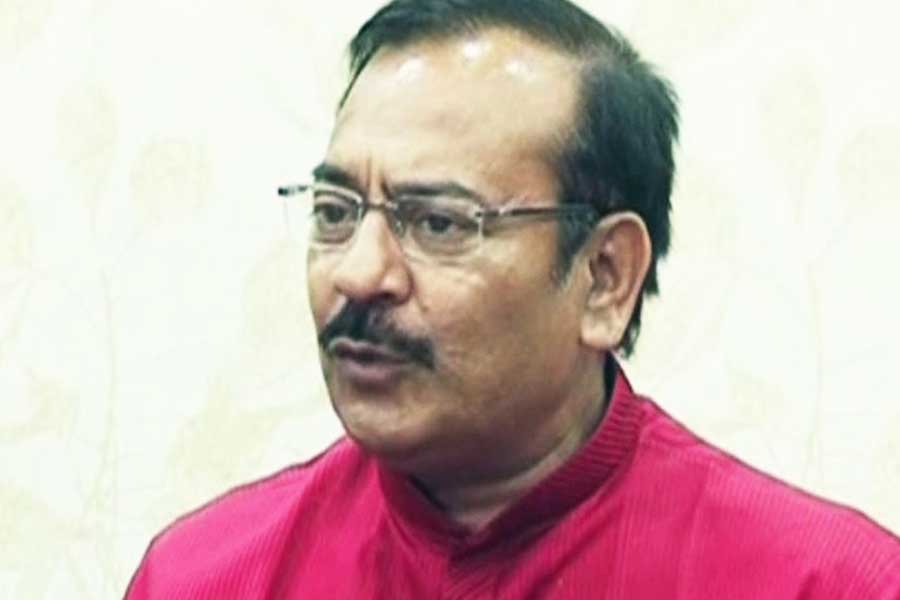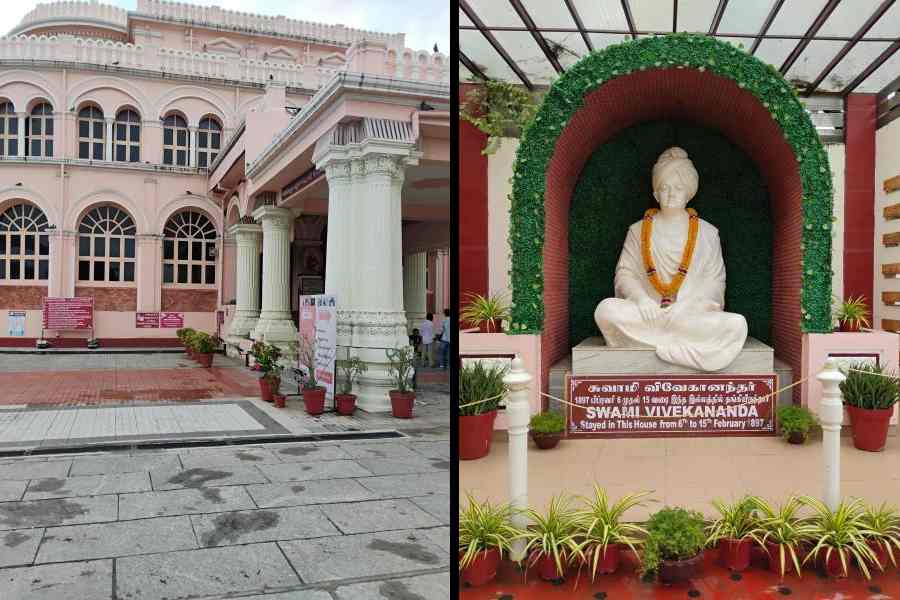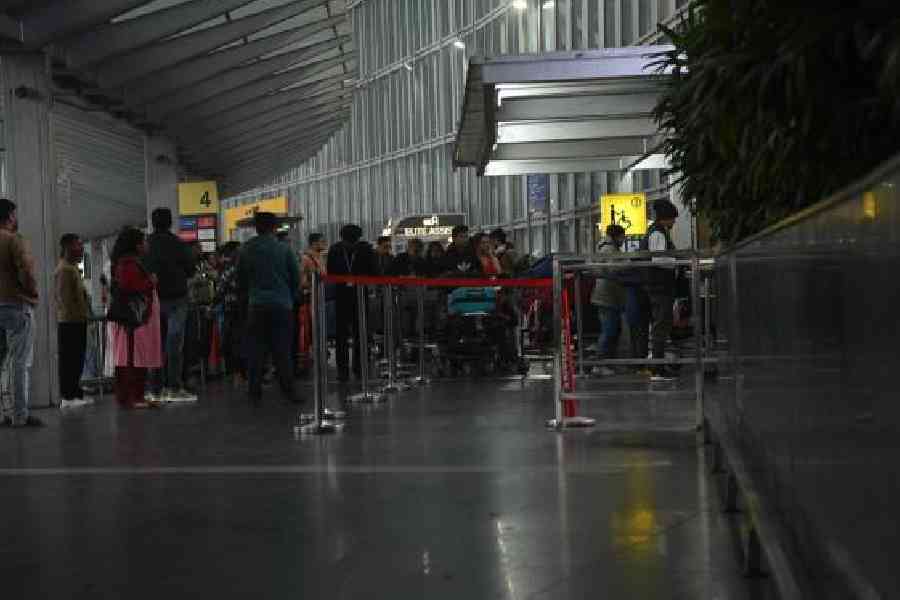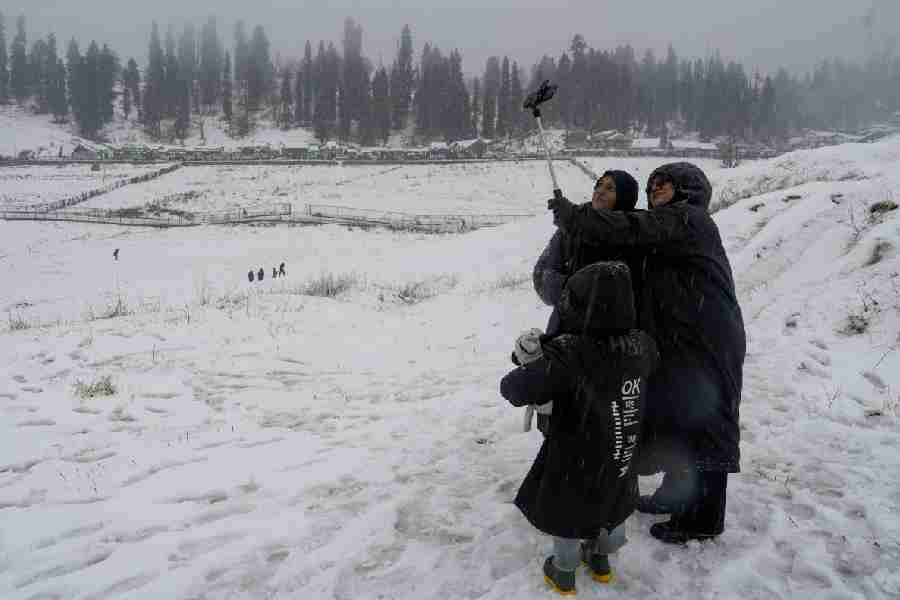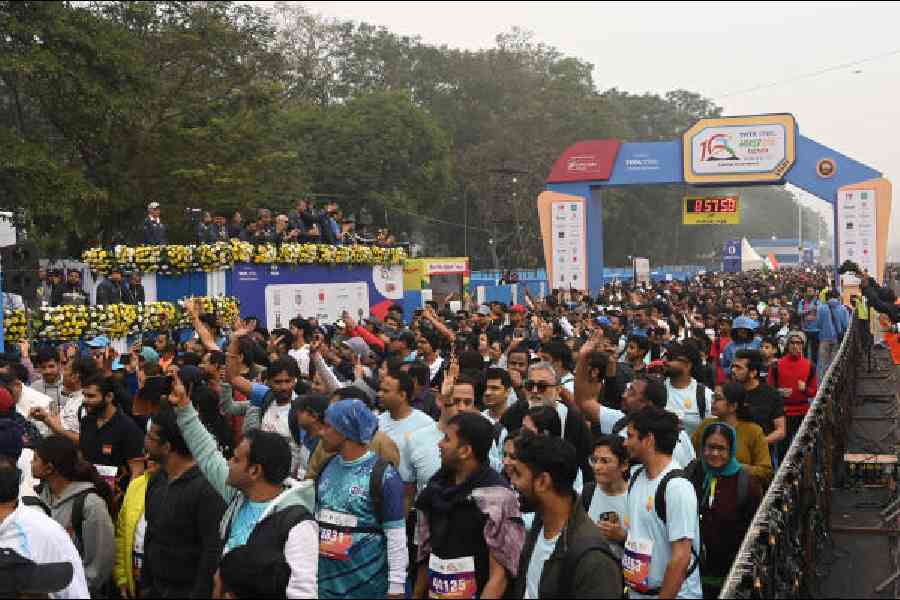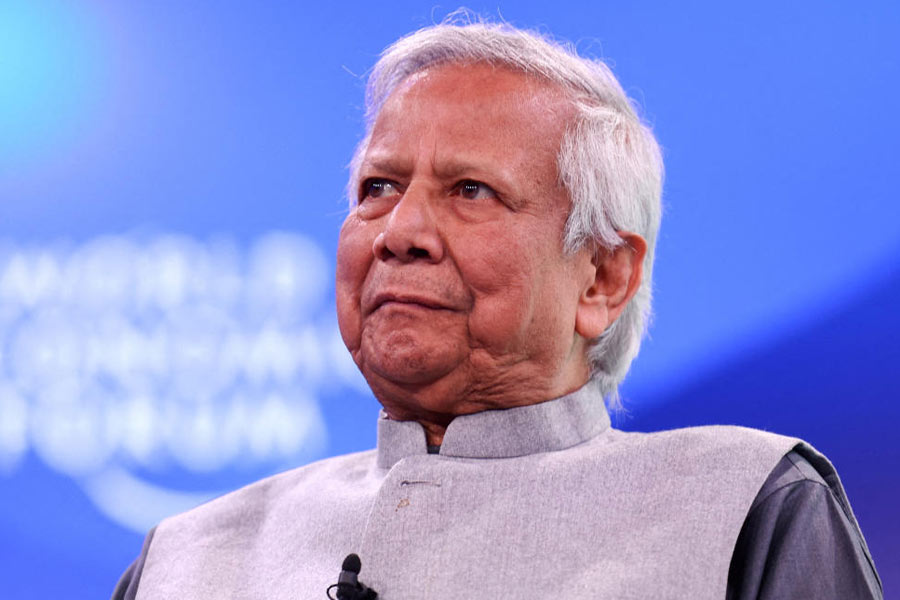.jpg)
The rippling waves tickled my toes and the breeze caressed my hair. I could smell salt in the air and high above, the white fluffy clouds floated playfully in the clear blue sky. As I walked on the pristine Rishikonda beach, I had a sense of freedom I hadn’t felt for years. Like the clouds and the waves, I had been unshackled and I felt an indescribable lightness, away from the humdrum of daily life, the drudgery of routine and the pulls and pressures of professional life.
The decision to take a three-day break to Visakhapatnam with my friend Ivana had been quick. You’ve seen serene seas and you’ve seen mighty mountains. Toss them together and add darkly mysterious caves and you get the heady mix that’s Visakhapatnam.
But that is not all. Visakhapatnam, popularly called Vizag, is also famous for its port and a shipbuilding yard. And, if you’re a visitor, you may want to make a trek to gaze at the country’s most powerful lighthouse.
A seamless 40-minute drive from the airport took us to a seaside resort sitting pretty among the palm trees. We checked in to our room and then headed to the resort’s sprawling terrace. From there we looked out at the sea, beyond the palm trees and a lush green lawn — it was mesmerising, glittering and placid.
We ended up spending a lot of time on the terrace during our stay. It was a great place to enjoy the peace and calm and the ocean air.
.jpg)
The most memorable takeaway from the trip was, however, my first brush with adventure sport — a water-scooter ride at Rishikonda beach. I must confess I had butterflies in my stomach as I sat on the scooter. The next few minutes were exhilarating as the scooter parted the waves at breakneck speed, leaving behind a trail of surf. I held on to the handle for dear life but at the end it was the experience of a lifetime.
While the peace and tranquility of the beaches was what drew me to Vizag, the port city also has places like the Ramakrishna beach, which is bustling with activity. We walked lazily on the beach and watched the sun dip into the sea.
It was at Ramakrishna beach that we got our first taste of local delicacies like punukulu (a popular street snack somewhat similar to Calcutta’s famous fritters) and kodi vepudu (chicken fry).
We walked across the promenade to the famous INS Kurusura Submarine Museum. The museum preserves the Russian-built INS Kurusura submarine, which played a key role patrolling the seas during the 1971 war with Pakistan.
Signboards in the museum tell the submarine’s story through artefacts, pictures and writings. I found the description of the lives of the submariners particularly gripping, the hardships they faced in sea and their many adventures.
A trip to the Ramakrishna beach is not complete without a visit to the Matsyadarshini Aquarium.
The next day, we headed for the Rama Naidu Studios that’s located on one of the city’s hilly areas. We spotted many bright umbrellas and a crowd at one corner of the studio. A film shoot was under way and we got a glimpse of Telugu actor Sunil.
Our next stop was the rocky Bheemli beach where we encountered a language barrier. As we walked along the beach, a smiling teenage boy came running towards us and insisted that we get our photographs clicked.
After posing for a shot, I told the boy: “Jaldi do (Give the picture fast).” The boy pointed two fingers and asked if I wanted another photo clicked. I said no and repeated: “Jaldi do”. The boy looked puzzled and asked in broken English if I wanted “do (two)” photos.
.jpg)
has displays to explain the life of the submariners.
.jpg)
It was then that I realised that he didn’t understand Hindi very well and was confusing between the Hindi “do” as in give, and “do” or two. Some people do speak Hindi in Andhra Pradesh but not everybody and I made a mental note to remember that.
From Bheemli, we proceeded to Rishikonda beach, which is located a little distance away from the city. It is unusual because the land rises sharply and the beach gives way to grassy hillocks.
Just a few kilometres away is Tenneti Park and its adjoining beach. Located at the foot of the Kailash Giri Hills, the wide landscape of the park, the greenery and the velvety grass is a restful sight for city slickers used to an urban landscape.
A doddering cable car took us to a hilltop in the picturesque park. The Kailash Giri Park has rich flora and tropical trees and offers a panoramic view of the sea. The huge statues of Lord Shiva and Parvati and a majestic floral clock are also big draws.
If you visit Kailash Giri and you don’t have a toy train ride then you miss a great deal of fun! The joyride through the Eastern Ghats offers a bird’s eye view of Vizag below and the mountains merging into the sea. The sun was setting and as the bright orange sky turned into dark violet, we watched the city come alive with a million lights.
That night, we had the famous Hyderabadi biryani at our resort. I still think that Calcutta’s biryani is a world-beater but the Hyderabadi version comes a close second.
The following day we woke up early to catch the 7am train to Araku Valley, the hill station famous for its coffee plantations, orchards, waterfalls and tribal life. The train chugs through almost 40 tunnels on its way to the verdant valley.
Besides spending time in the lap of nature, we also visited the tribal museum and watched a tribal dance.
From Araku, we made the two-hour journey to the Borra Caves.
The Borra Caves are 3,000ft above sea level and they’re known for spectacular 150-million-year-old stalactite and stalagmite formations. The limestone cave is believed to be India’s deepest. Steps carved from rocks led us down into the cavernous cave.
We returned to our resort around 8pm. That evening, I took a plunge in our resort swimming pool. It was the first time I had swum for a very long time.
Our third day began by watching the sunrise and taking a stroll on the our resort’s private beach. Later in the day we went to Yarada beach where we swam a short distance.
The Dolphin’s Nose, a rocky quirk of nature 174m high and 358m above sea level, was our last port of call. The gigantic rock juts out into the sea and resembles a dolphin. Atop the Dolphin’s Nose is a lighthouse, known for its powerful beam that can be seen 65km out into the sea. From the lighthouse, the view of the blue sea merging into the vast sky took our breath away.
This was our last day in the city.
Before going off to bed, we headed back to the terrace. There, we gazed at the star-studded sky and listened to the waves. Although the sea could not be seen in the dark, we could feel its vastness.
.jpg)
.jpg)
READY RECKONER
♦ How to get there: Indigo and SpiceJet operate direct flights from Calcutta to Visakhapatnam daily.
♦ Where to stay: There are lots of good midrange options, but choice is limited when it comes to four- and five-star places.
♦ What to do: Try adventure sports on the beach and the local delicacies, visit the verdant Araku Valley and spectacular Borra Caves.

.jpg)
